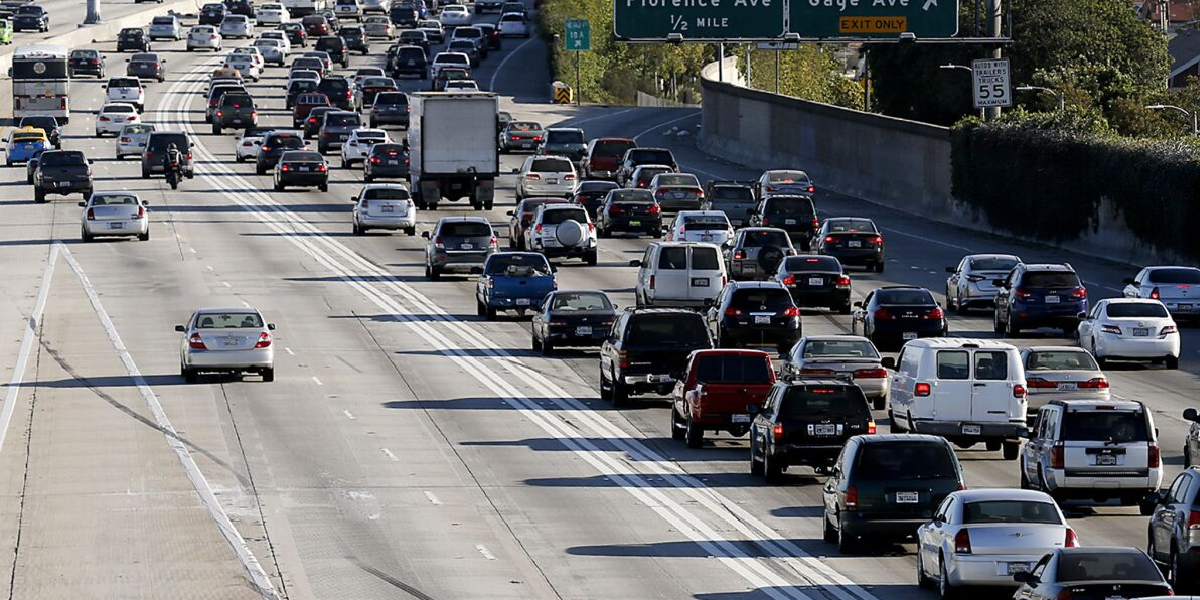HOV (High-Occupancy Vehicle) lanes, also known as carpool lanes or diamond lanes, are a valuable tool in combating traffic congestion and promoting sustainable transportation options. These dedicated lanes, reserved for vehicles that carry a minimum number of passengers, encourage the use of carpooling and shared transportation. In this article, we’ll explore the importance of HOV lanes and provide a comprehensive overview of the laws that govern them HOV Lane rules.
Eligibility for HOV lanes
To access the HOV lane, vehicles must meet certain eligibility requirements. Generally, carpool vehicles with a minimum number of passengers, such as two or more people, are allowed. Public transport vehicles including buses and trains are also eligible. In some areas, zero-emission vehicles may be allowed to use the HOV lane, even with a single passenger. However, it is important to understand the criteria for possession requirements and any exceptions, such as motorcycles, that may apply.
HOV lanes operate during specific hours, primarily during peak traffic. These designated hours ensure that the HOV lanes are effective in reducing congestion. While weekday morning and evening rush hours are typical operating hours, some areas may have variable occupancy requirements during non-peak hours to encourage use and maximize lane capacity.
Indications and signs
Clear and consistent signage and markings are important to inform drivers of the presence and rules of the HOV lane. HOV lane signs are strategically placed along the roadway, indicating the beginning and end of the HOV lane segments, as well as indicating occupancy requirements and any additional restrictions.
Lane markings, such as diamond symbols painted on the pavement, visually distinguish HOV lanes from regular lanes. Transition areas marked with dashed lines facilitate safe entry and exit from HOV lanes.
Enforcement and Penalties
Law enforcement agencies play an important role in ensuring compliance with HOV lane laws. Officers actively monitor HOV lanes and may use cameras or other technologies to enforce occupancy requirements.
Violation of HOV lane laws can result in fines, accumulation of points on the driver’s license, and possible towing of the vehicle. It is critical for drivers to follow these rules to maintain the integrity and effectiveness of the HOV lane system.

Exceptions and special cases
Some vehicles are exempt from HOV lane rules, such as emergency vehicles that need quick access to their destinations. Authorized government vehicles or other designated categories may also be exempted under certain circumstances. Additionally, HOV lanes may provide specific access points or ramps for vehicles entering or exiting the highway, and temporary changes may occur due to construction projects or special events.
Advantages of HOV Lanes
HOV lanes offer many benefits that go beyond reducing traffic congestion. Here are some key benefits:
Congestion Reduction: By encouraging carpooling and shared transportation, HOV lanes help reduce the number of vehicles on the road, which improves traffic flow and travel time for all road users. decreases.
Improved air quality: Reducing the number of vehicles on the road results in reduced vehicle emissions, helping to improve air quality and reduce environmental impact.
Energy Conservation: Carpooling and shared transportation reduce fuel consumption, promote energy conservation and sustainability.
Cost savings: Carpooling allows individuals to share commuting costs, including fuel costs, tolls, and parking fees, leading to potential savings for carpool participants.
Improved Safety
HOV lanes often have lower accident rates than normal lanes due to fewer vehicles and smoother traffic flow.
Road Safety
Governments and organizations around the world have implemented various measures to improve road safety. These include the introduction of seat belt laws, stricter drink driving regulations, speed limits, and improved road infrastructure. Furthermore, the development of Advanced Driver Assistance Systems (ADAS) and the ongoing progress towards autonomous vehicles aim to further enhance road safety.
Cyber ??security
With increasing reliance on digital technologies, cybersecurity has become an important aspect of safety. Governments, organizations, and individuals invest in strong cybersecurity measures to protect sensitive data and systems from cyber threats. Advances in encryption, network security, and threat detection technologies help improve cybersecurity and reduce the risk of data breaches.
Future Developments and Innovations
As technology advances, HOV lanes have several exciting developments on the horizon:
Automated enforcement systems: Using advanced technology, such as automated cameras and sensors, can increase the efficiency and accuracy of HOV lane enforcement, making it easier to identify and punish violators.

Vehicle Occupancy Detection HOV Lane rules
Advanced systems that can accurately detect the number of occupants in a vehicle, such as advanced sensors or artificial intelligence-powered solutions, can streamline enforcement processes and prevent further violations.
Exemptions and Special Cases
Some vehicles are exempt from HOV lane rules, such as emergency vehicles that need quick access to their destinations. Authorized government vehicles or other designated categories may also be exempted under certain circumstances. Additionally, HOV lanes may provide specific access points or ramps for vehicles entering or exiting the highway, and temporary changes may occur due to construction projects or special events.



